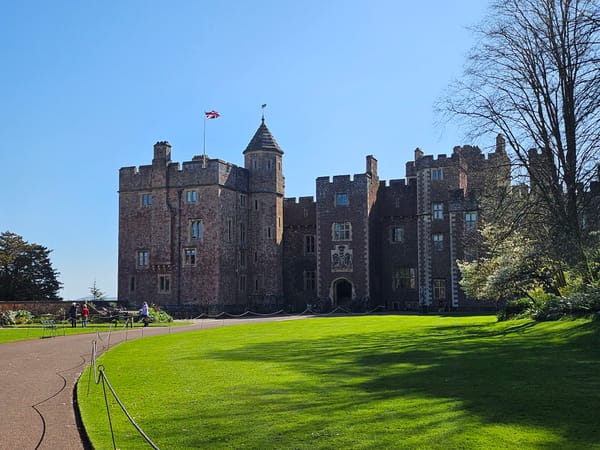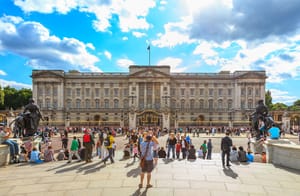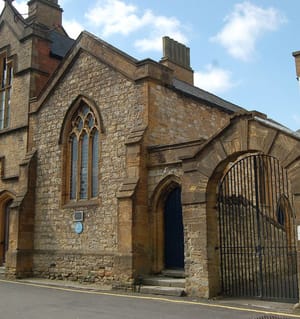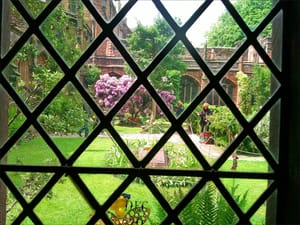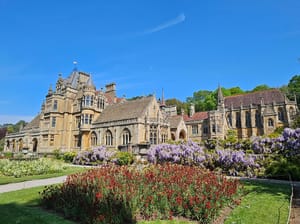Perched on a steep, wooded hill 200 feet above the picturesque Somerset village of Dunster, Dunster Castle commands sweeping views of the surrounding countryside. It is a location of natural beauty and strategic importance – qualities that have shaped its fascinating story.
Today, this Grade I listed building stands as a magnificent monument to history, the third incarnation of a structure that has stood in this place for almost 1,000 years.
My wife and I visited Dunster Castle for the first time on Sunday. It's near the north coast of Somerset with panoramic views across the Bristol Channel, just outside Minehead on the edge of Exmoor bordering Devon.
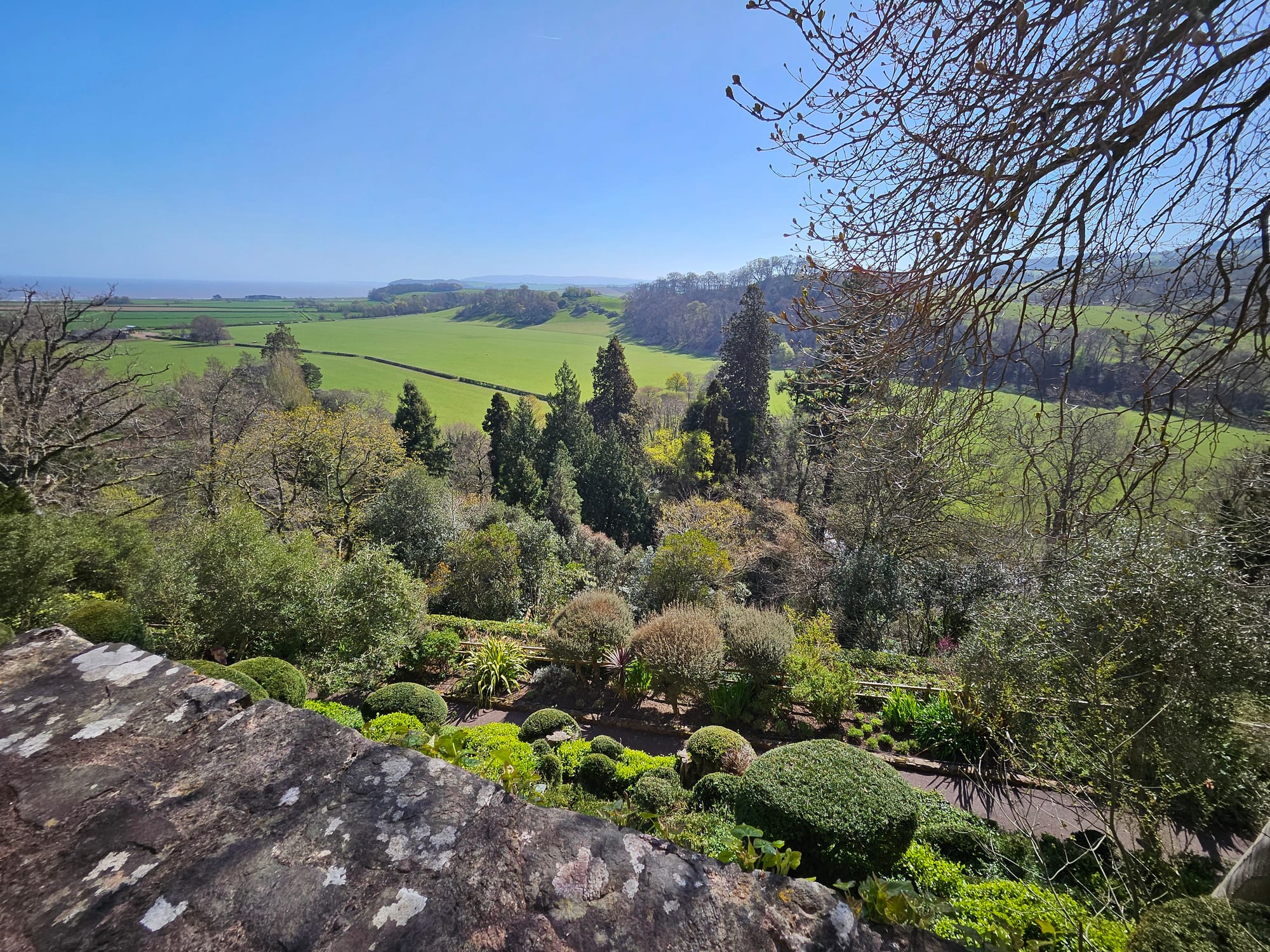
We expected to enjoy a few hours on a glorious and sunny early spring day, exploring an impressive historical building and its contents, as well as the gardens and the restored 18th century watermill. We certainly did – and also discovered a deep history we hadn't expected, which gave us more insight into significant periods of English history.
From Timber Fort to Stone Stronghold
The earliest origins of Dunster Castle date back to Saxon times. Shortly after the Norman Conquest in 1066, William de Mohun, one of William the Conqueror’s trusted knights, had built a timber motte-and-bailey fortress here – a typical structure of early Norman control over England. Its hilltop position made it a powerful military and administrative centre for the region.
By the 12th century, the wooden structure had been replaced by stone. Over the centuries, the castle was enlarged and fortified, reflecting its growing importance in feudal and later medieval life. The remains of this medieval stronghold – notably the gatehouse and parts of the curtain wall – still evoke the character of its martial past. There's even an oubliette accessible when you walk through the gatehouse entranceway.
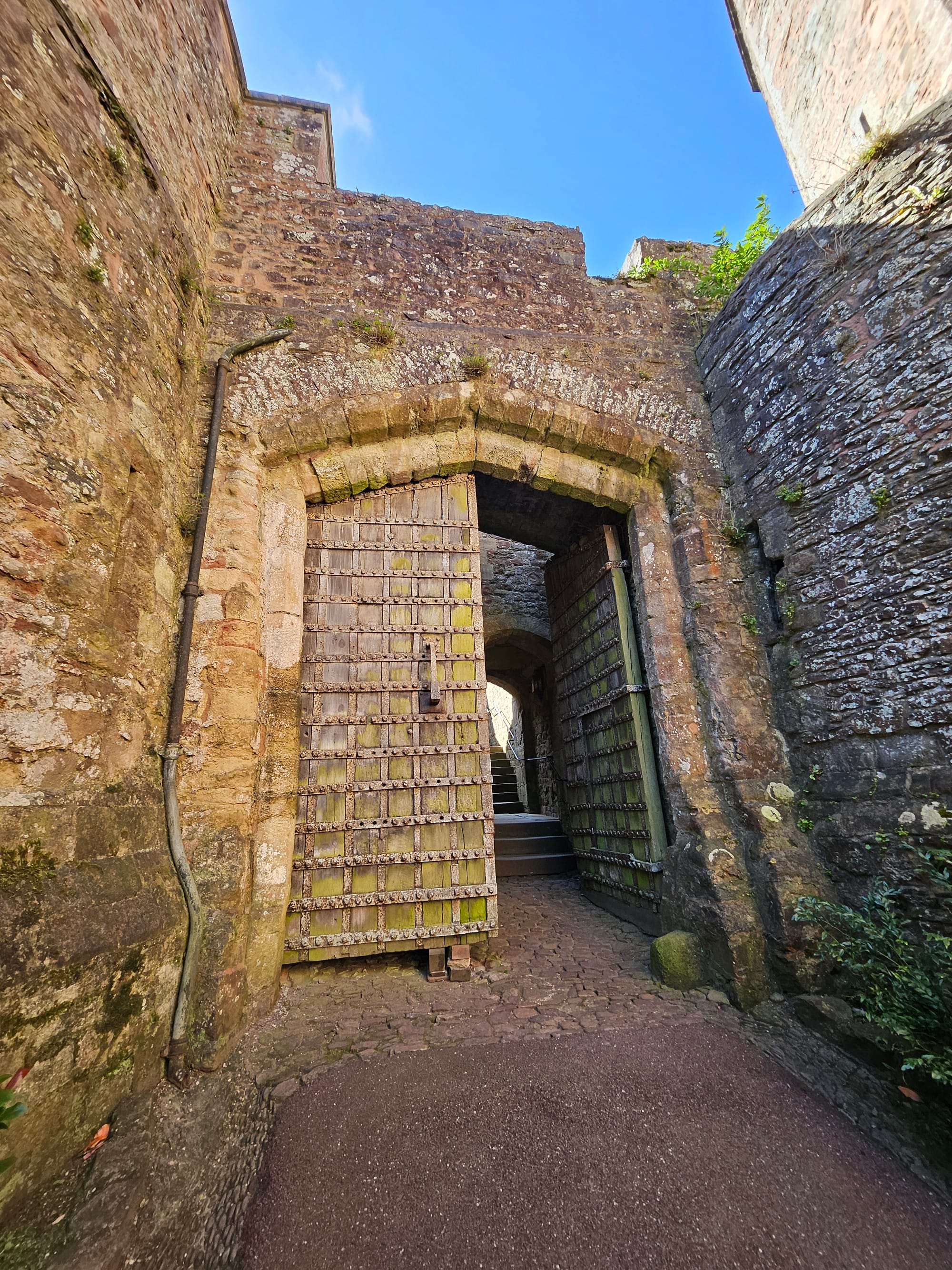
A Stronghold in the Civil War
Dunster Castle played a role in one of England’s most turbulent periods: the English Civil War. In the 1640s, the castle was held by Royalist forces loyal to King Charles I. It was besieged by Parliamentarian troops and eventually surrendered in 1646 after withstanding considerable pressure.

Following the end of the conflict, much of the castle’s defensive structure was dismantled to prevent its future military use – a fate common to many such fortresses across England.
From Fortress to Family Home
With its military role diminished, Dunster Castle underwent a profound transformation. It gradually evolved into a comfortable and elegant country house. This transition culminated in the 19th century when, in the 1860s, the Luttrell family – who had owned the property since 1376 – commissioned architect Anthony Salvin to modernise and remodel the castle.
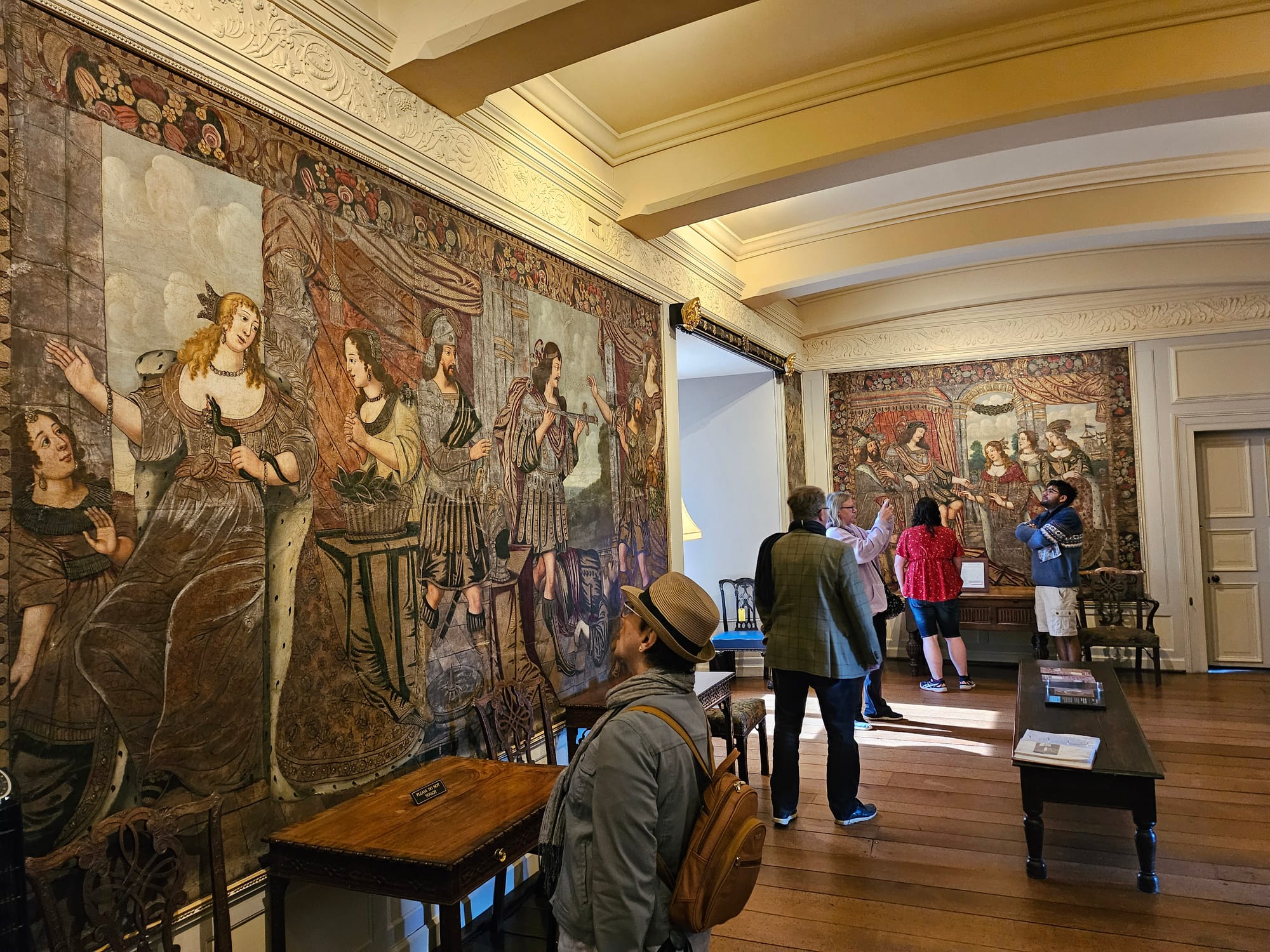
Salvin, known for his work on Windsor Castle and other great houses, reimagined Dunster as a Victorian Gothic revival masterpiece. The interior was updated with the fashionable comforts of the time – gas lighting, central heating – and the grounds were reshaped into the lush terraced gardens visitors see today.
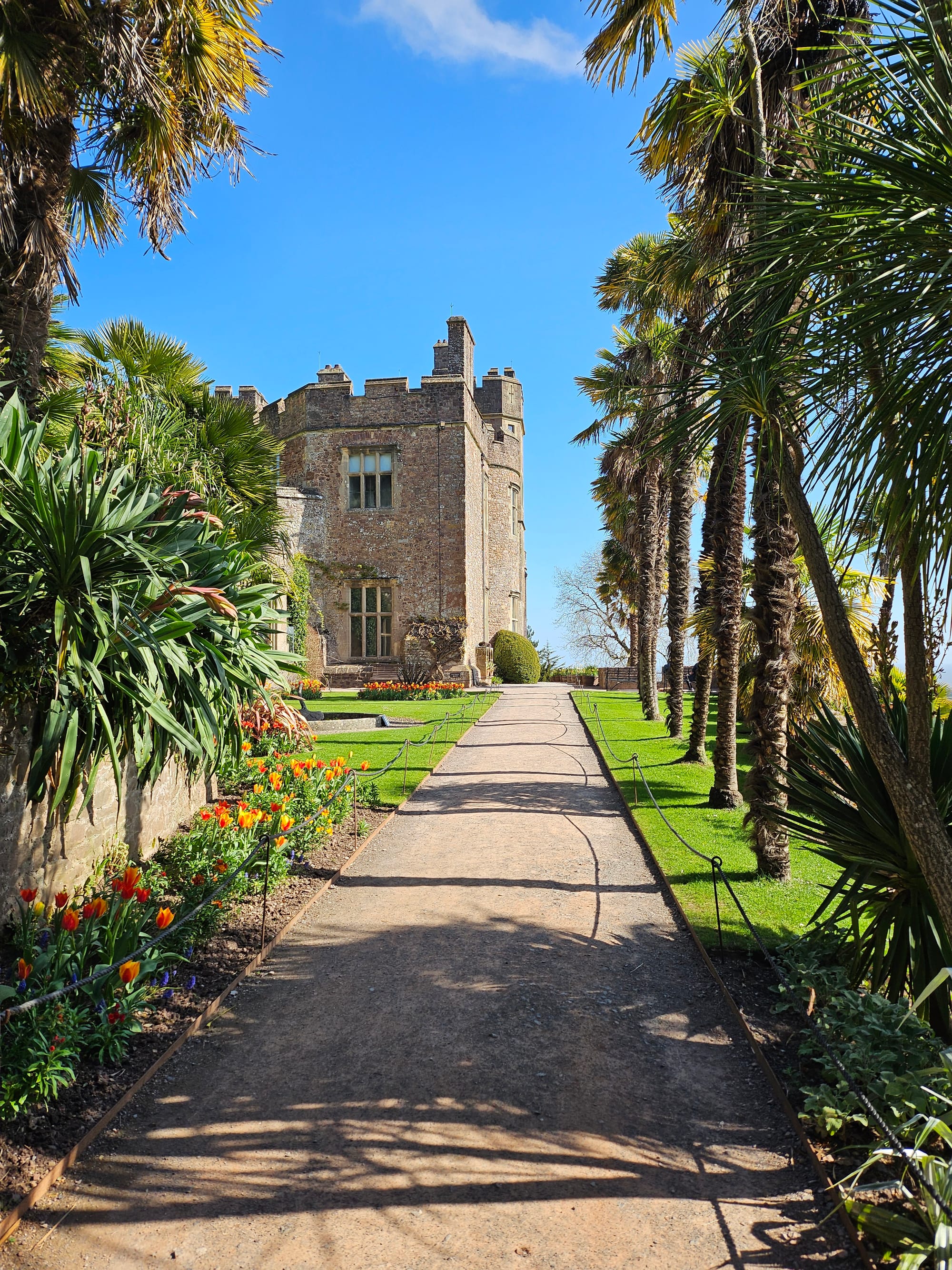
This reinvention preserved the castle’s historic core while giving it the air of a refined country estate – a place of leisure rather than conflict.
The Luttrell family continued to live in the castle until the mid-20th century. In 1976, Colonel Walter Luttrell gifted the estate to the National Trust, marking a significant moment in the castle’s long story.
Since then, the Trust has preserved the site not only as a historic building but also as a living space that tells the story of centuries of English life – from Norman conquest to aristocratic comfort, through war and peace.
If you want a quick visual overview, the Trust’s five-minute video is well worth watching.
The Castle in Modern Times
Visitors to Dunster Castle today encounter a place that seamlessly blends ancient heritage with Victorian elegance. Its dramatic setting, richly decorated interiors, and expansive gardens offer an immersive experience of English history across the ages.
Our own visit on a sunny early spring Sunday brought all of this to life. We wandered through lavishly decorated rooms such as the Morning Room and the drawing room – rich in wood panelling, portraits, and period furniture – each space feeling more like a family home than a museum. The kitchen, with its built-in fridge and everywhere-you-look Formica panelling, was a surprising glimpse of 1960s modernity amid the older splendour.

Descending to the dark, cool crypt beneath the castle added an unexpectedly atmospheric layer to the experience, with its echoing stone walls and hushed stillness.
Outside, the extensive terraced gardens were in early bloom, and the steep woodland paths rewarded us with wide views across the countryside and towards the glinting waters of the Bristol Channel.
We especially enjoyed the riverside walk down to the restored 18th-century watermill, which still grinds flour and brings the estate’s working past into tangible focus. Altogether, it was a day of both discovery and delight – deeply historical, yes, but also refreshingly present.
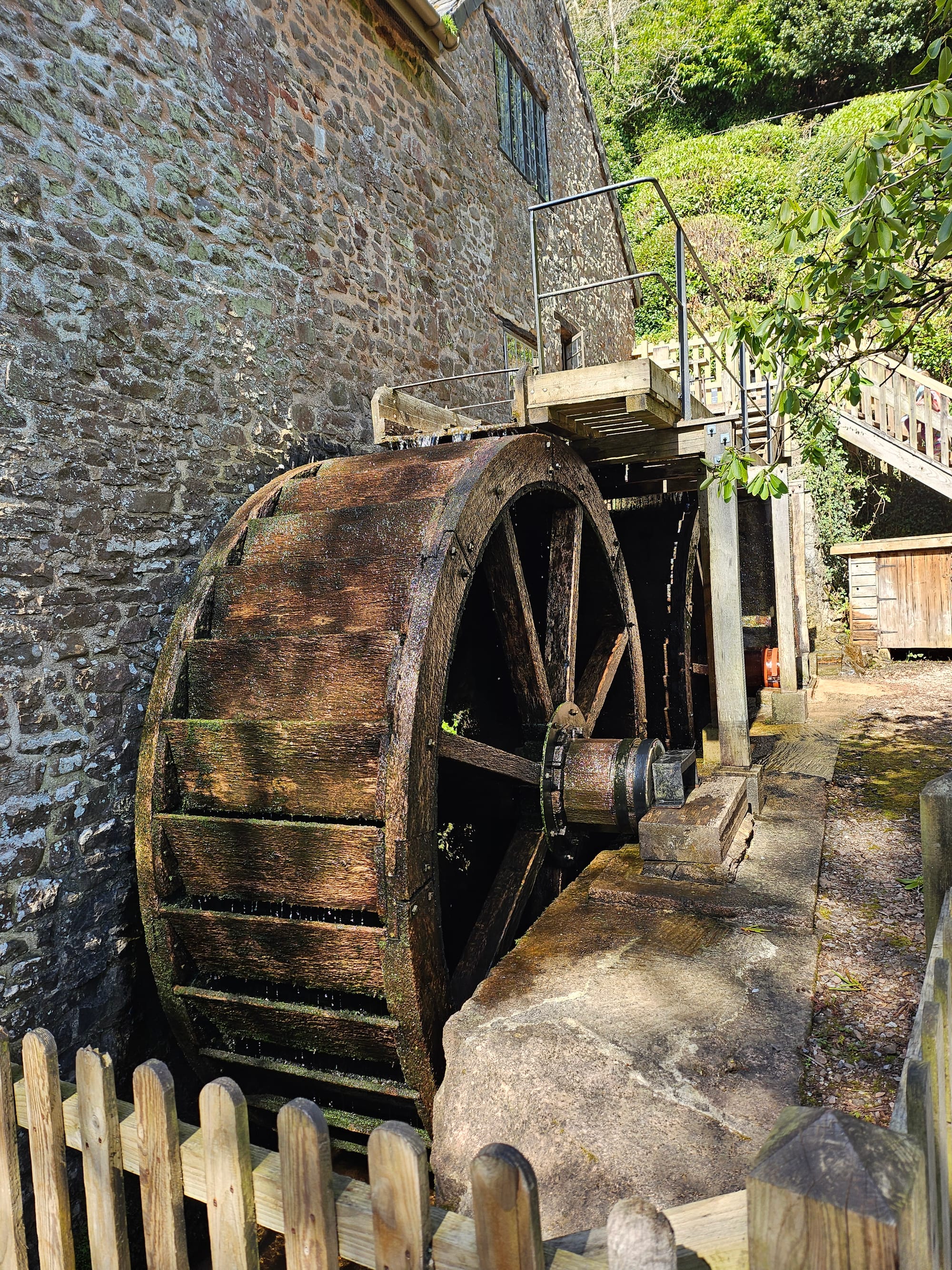
Places like Dunster Castle don’t just preserve architecture; they carry forward stories, lives, and legacies that continue to shape our understanding of English history.

Do you have a favourite castle or historic house? Or memories from Dunster Castle itself? I’d love to hear your thoughts in the comments below – every story adds to the rich tapestry these places represent.
Additional Reading:
- Dunster Castle and Watermill – the National Trust provides details on the history, things to see and what to do, opening times, prices (free if you're a Trust member), accessibility, and more.
- My Last Walk through the Countryside of Dunster by Georgina Hough in June 2024. A very personal story and a compelling read.


